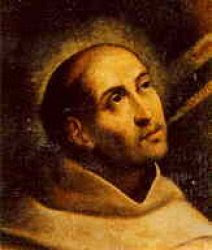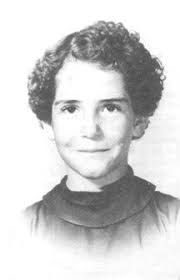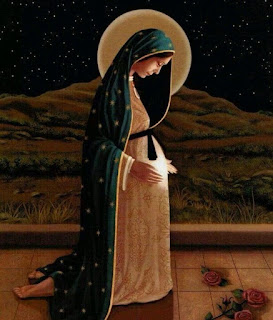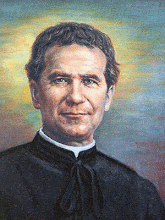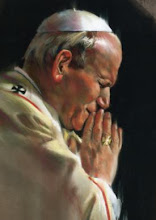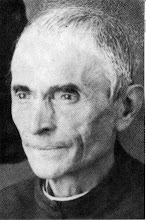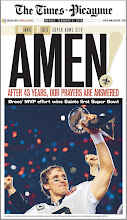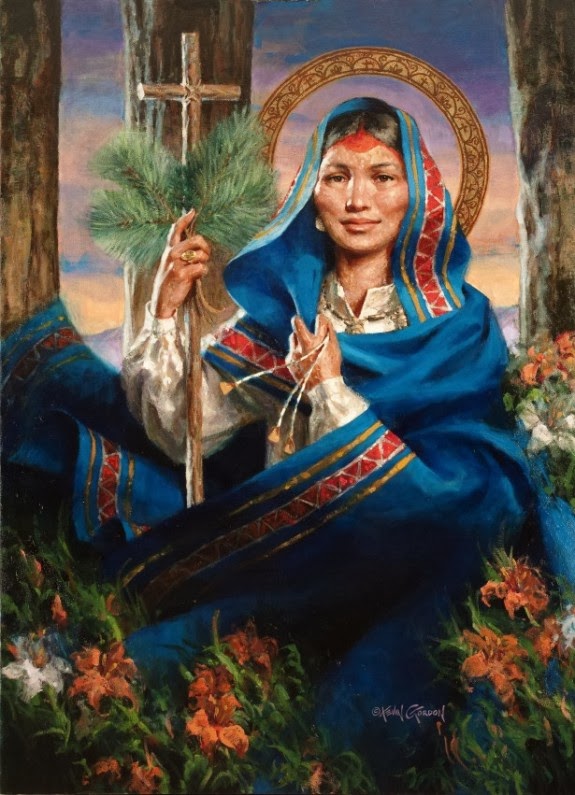Our God likes to surprise us, to break the mold, to reveal his awesome power in ways that we could never have anticipated. The virgin birth of Christ is one of the most surprising and yet splendid events in history—the greatest of Christmas gifts! This Sunday’s reading of a short passage from Isaiah (7:10-14) is one of the most controversial and yet crucial passages of the whole Bible. It prophesies the virgin birth of Christ during a moment of international political crisis.
Historical Context
The Assyrian empire is expanding and conquering. Pekah, the king of Israel, and Rezin, the king of Syria make an alliance against Assyria, the dominant superpower of the time. They want the kingdom of Judah, led by King Ahaz, to join the coalition, but he refuses. Afraid that their two-king alliance won’t be strong enough to withstand the Assyrians, these two kings seek to conquer Judah and set up their own puppet king as the third member of the coalition. At this historical moment when the kingdom of Judah is under threat, the prophet Isaiah speaks these words to King Ahaz. The two allied kings have mustered an army and come to conquer the kingdom of Judah, depose Ahaz and set up a puppet king on the throne. No wonder Ahaz is scared!
God’s Faithfulness and Human Foolishness
Despite Ahaz’s previous unfaithfulness, the Lord pledges to save Judah, David’s kingdom, from the peril posed by the two-king alliance. The Lord wants to reassure Ahaz by offering a divine sign of the king’s choosing as confirmation of the prophet’s word. Rather than responding to the Lord’s invitation with a request, Ahaz pretends to be pious by saying he does not want to “tempt the LORD” (a citation of Deut 6:16). Of course, the Israelites had tested the LORD during the wilderness wanderings, and provoked his judgment. But here, the Lord is offering the king a sign not as an insincere trick to get him to sin, but as a powerful antidote to his lack of faith. Ahaz refuses to ask, showing his obstinance, his unwillingness to be converted even by a miracle. 2 Kings 16:7-8 tell us what Ahaz does instead: he makes an alliance with the powerful Assyrians against Israel and Syria. In fact, he pledges allegiance to Assyria and sends silver and gold from the Temple itself to firm up the offer. The Assyrians accept Ahaz as an ally and launch a counterattack against both kings’ capitals: Damascus and Samaria. Eventually, the Assyrians will break their agreement with Judah and come to attack it as well (2 Kings18).
Two Key Words
Two Hebrew words that underlie this text are important to know: almah and immanuel. The first word,almah in Isaiah 7:14, is translated as “virgin” by the New American Bible. This Hebrew word is a general purpose word for “young woman” (e.g. Gen 24:43) and there is actually another word, betulah, that specifically means “virgin” (e.g. Gen 24:16). However, the ancient pre-Christian Greek translation of the Old Testament, the Septuagint, translates almah in Isa 7:14 as parthenos, which means “virgin” in Greek. So when Matthew’s gospel quotes this passage in reference to Christ (Matt 1:23), it is quoting from the Septuagint Greek and showing that the prophecy was understood to be about a virgin birth, not just any birth.
The other key word is well known to us Catholics: immanuel. It is really a compound of two Hebrew words: immanu, meaning “with us”, and el, meaning “God.” So of course, the translation is “God with us.” This name for the child of the virgin indicates that God will come to dwell with us through this special child.
Two Fulfillments?
While Isaiah 7:14 mainly prophesies the virgin birth of Christ, one must ask whether Ahaz received a sign from God at all. The Lord asked him through the prophet to request a sign and since he does not, tells of a sign to be offered anyway. It would seem odd for the sign not to come to fulfillment at all for some 600 years. Did Ahaz receive a sign in his lifetime?
If you read the rest of Isaiah 7, you’ll see that the promises of the Lord here are not a bed of roses. Since Ahaz refused to accept the Lord’s blessing, the Lord will bring judgment upon his kingdom by means of Egypt and Assyria (7:18). Though Ahaz’s enemy kings will be brought low before the child is grown up (7:16), places that used to be fertile farmland will get covered in briers and thorns (7:24-25). God’s judgment is coming upon the kingdom of Judah.
Immediately following in chapter 8 is a description of the birth of Isaiah’s son named Maher-shalal-hashbaz, “one who hastens to plunder, one who hurries to loot” (8:3). The Lord promises that before he can talk, Damascus (Syria’s capital) will be despoiled by Assyria (8:4). This lines up with his promise about Immanuel in 7:16—that Israel and Syria will be deserted before he is grown up. And indeed, this prophecy is addressed to “O Immanuel” (8:8).
This is a little complicated, but I think what we can see here are two fulfillments. On the one hand, Isaiah begets a boy who is a concrete sign of judgment for Ahaz. This first “Immanuel” is conceived by natural means and born of a young woman. On the other hand, the prophecy points to a greater, more significant fulfillment—the birth of a son to the Virgin Mary by the power of God, to the birth of the everlasting Immanuel, to the birth of Jesus himself. While the first Immanuel (Maher-shalal-hashbaz) is a sign of God’s temporal judgment on his people for their unfaithfulness, the final Immanuel is a sign of God’s salvation, rescuing his people from the darkness of their own sin and establishing his reign in their hearts.
The great surprise of the virgin birth, when God intervenes in human history in an unprecedented and powerful way, sets the stage for the great salvation which the Baby of Bethlehem will win for us at Calvary. The greatest of all revelations begins with the most surprising of Christmas gifts, the virgin birth.


